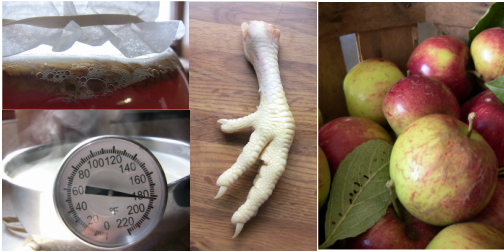1. Groceries: We didn't buy any groceries. I did salvage some packaged food that was headed for the dumpster. I also harvested lettuce from our cold frame, and collected eggs from our chickens. I also shelled some almonds from Christmas.
2. Cooking: I cooked a turkey this week, and made broth. I used powdered milk from the pantry to make milk for cereal. You can watch a clip of my turkey process on this week's Youtube vlog:
As of several months ago, I've been celebrating "Sugar Saturday". This is where I save all of the sugary snacks and desserts for one day of the week. On Friday nights I get out the stash and artfully arrange it under a cake dome. Then on Saturday... it's feast time! Slowly we've been eating down the leftover Christmas sugar. I still have some candy left, but this week I was down to graham crackers, Nutella, some frozen oatmeal bars I made awhile ago, and an instant oatmeal packet.
3. Thrift store finds: I bought a game, book, and a set of eight egg servers at the thrift store. The egg servers were on my "dream kitchen" list. I was so happy to find them! I kept two of the servers out, in the china cabinet, and put the other six into storage until we have a bigger kitchen.
4. Cans to recycle: Princess and I went for several short walks this week and collected almost $2.00 worth of cans and bottles. Free exercise AND free money!
5. Marketing declutter: I' unsubscribed to email lists and cleaned out my email inbox. I still had things from November sitting unopened. Yikes! Unsubscribing from lists is an ongoing process, just like house decluttering is. Right now, for example, I'm unsubscribing to all of the cloth diaper retailers. There was a season when I was still looking to build my stash, but now I have everything we need (plus some). Not only that, but I see potty training in our 2019 future.
Oftentimes I'll subscribe to a list just to get the sign-up incentive. Or, I'll buy something online and automatically get signed up for the list. Most of these lists are just trying to sell more stuff. If the stuff is no longer relevant our helpful, there's no reason to be signed up for the list.
A fast way to clean out your inbox of 326 emails (not kidding, that's what it was!) is to first unsubscribe to a list, and then use the "sweep" function to get rid of all the other emails from that sender.
6. I finished garden planning for the year. This is the first year that I'm not as excited about having a garden. I think I burned out in 2018 from trying to do both my vegetable garden and the strawberry patch. It wasn't just my time that had to be divided (do I spend Baby's nap time gardening, or finishing some other pressing task? Do I work on the strawberries or the vegetables?), but also which garden got the sprinkler (it malfunctioned all summer). While the 2018 vegetable garden got a great start, I didn't end up harvesting very much from it. When I did get a harvest, I had to choose between preserving the harvest, harvesting even more, or—you guessed it—weeding strawberries.
This year my focus is going to be growing fresh vegetables, with little or no emphasis on canning and freezing. I have a dozen 4x4' raised beds, most of which are ready to use come spring. In the past I've also planted row garden crops beside the raised beds, but this year I'll keep everything confined to the beds. Last fall we converted two of them into cold frames. My goal is to plant a salad garden in one of the cold frames, and a root vegetable garden in the other cold frame. I hope to extend the season by four months this year (March, April, October, November).
I've planned the following beds: 1) culinary herbs, 2) flowers, 3) medicinal herbs 4) mints and tea herbs, 5) long beans, 6) sweet potatoes, 7) peppers, 8) tomatoes, 9 &10) cold frames and 11 & 12) open beds for any miscellaneous plants. During the warmer months I'm going to replace the greenhouse lid with a chicken-wire climbing frame to hold cucumbers. Hopefully the vining plants will provide shade for the lettuce and keep it from bolting.
Instead of using grass clippings for mulch, I will (again) use landscape fabric for the transplants, and old strawberry straw for the seeded items. This will reduce the amount of time needed to gather mulch. I have a LOT of straw on the strawberry patch right now, so I'll be able to use that for mulching even the flowers, bulbs and raspberries.
I made a general calendar of when each gardening task should be done. For example, I know that raccoons, Japanese beetles and blister beetles all come out at a certain time. I've made a note to purchase and/or set traps before those months, in order to reduce time spent picking off bugs, as well as lost crops.
I plan on putting in an hour of strawberry weeding time every day. It may take less than an hour every day, but I'm planning an hour just to be safe. The trick is to do it consistently, and not wait for a once-a-month weeding marathon (which is what I did last year... big mistake). I hope that by keeping up a strong deer fence, that the strawberries will be able to overpower the weeds this year.
So, that is about it! I hope your week was full of frugal accomplishments. :)
Til next time,
-Bethany
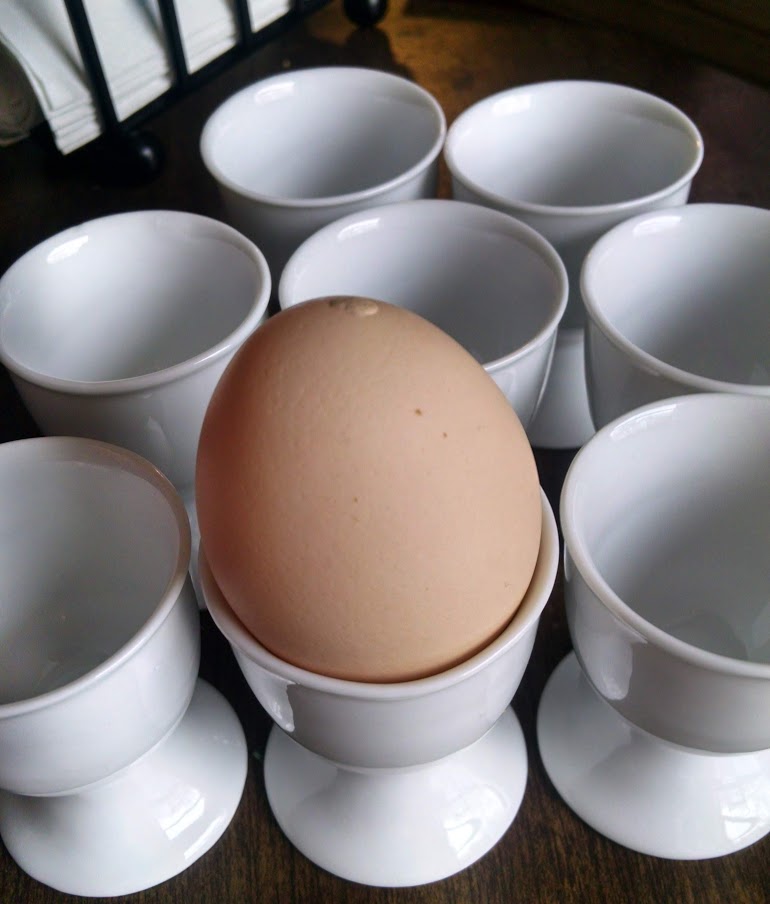
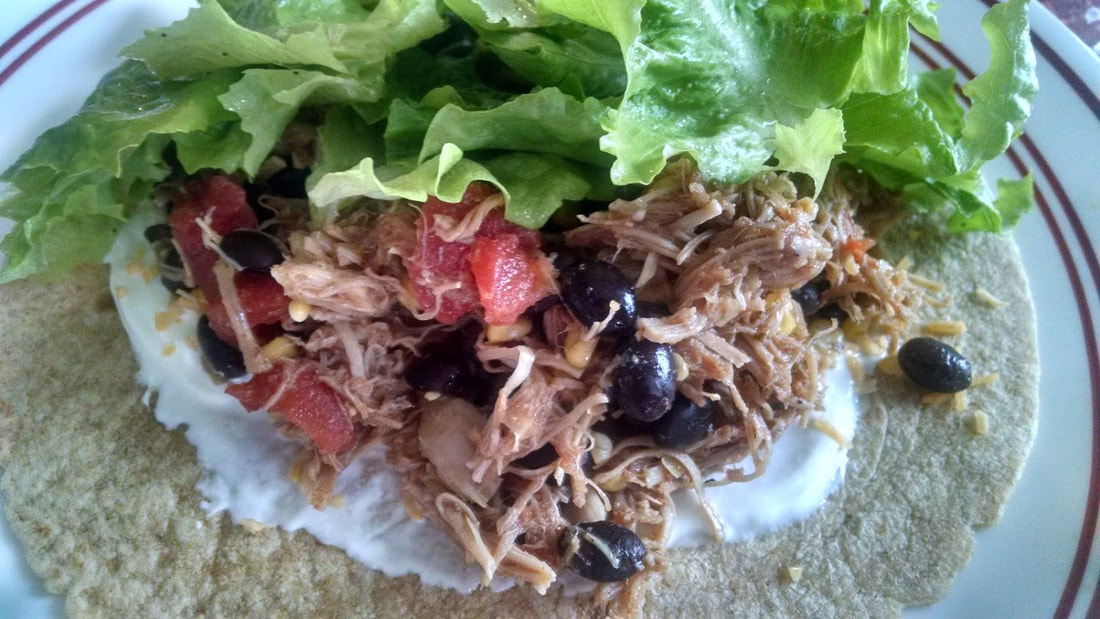
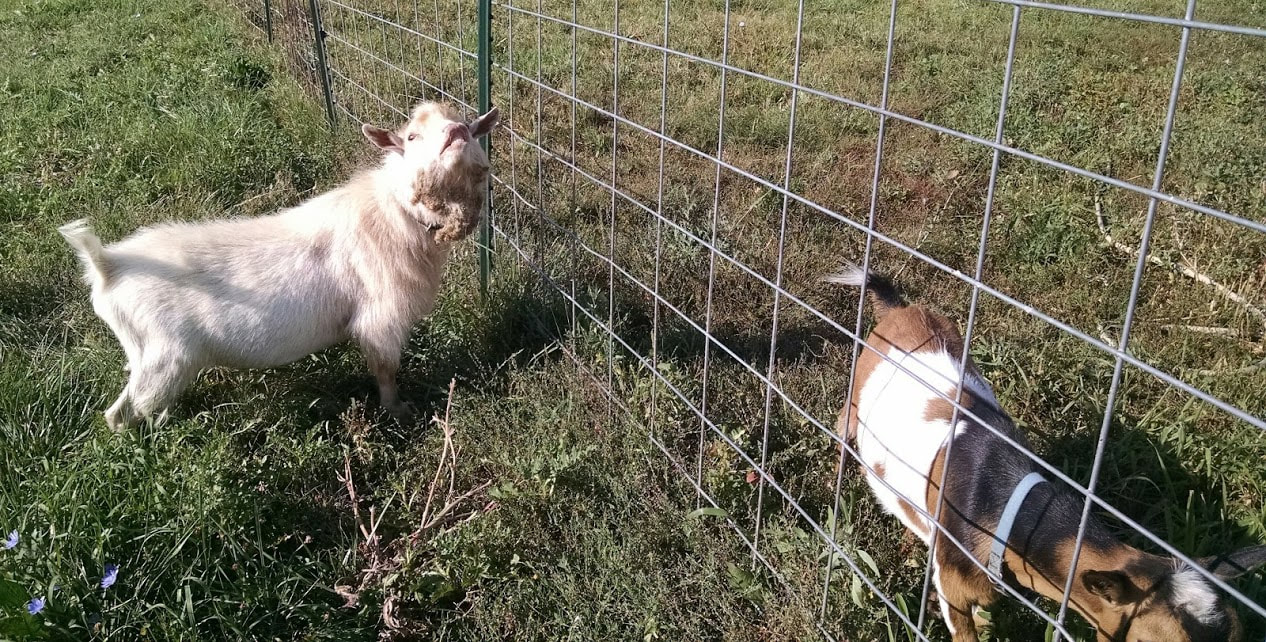
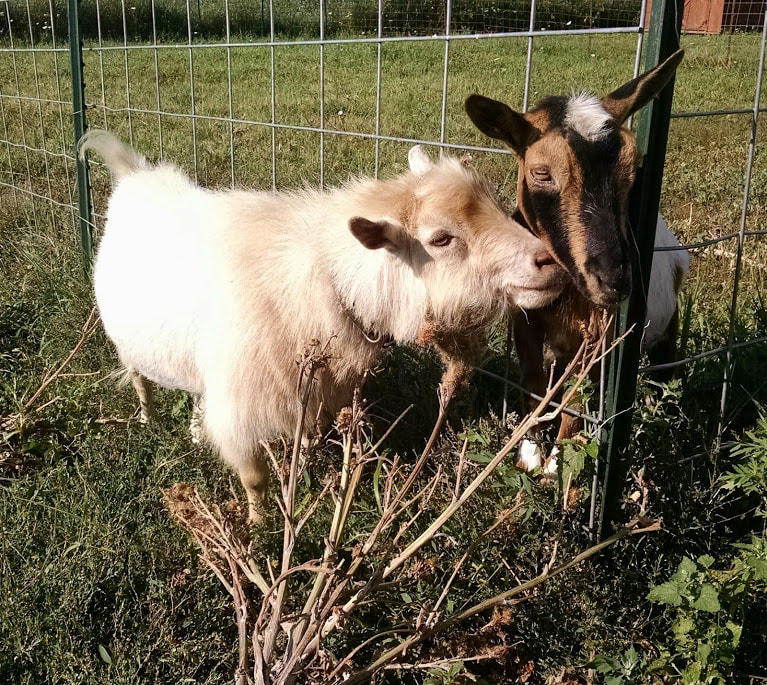
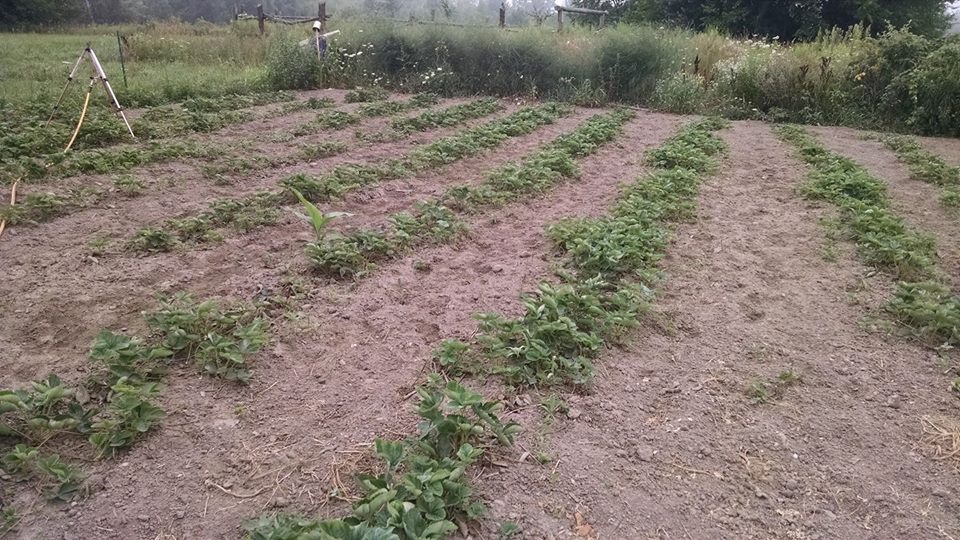

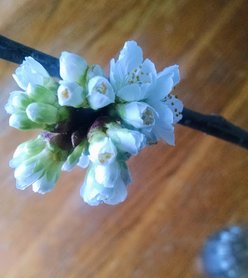
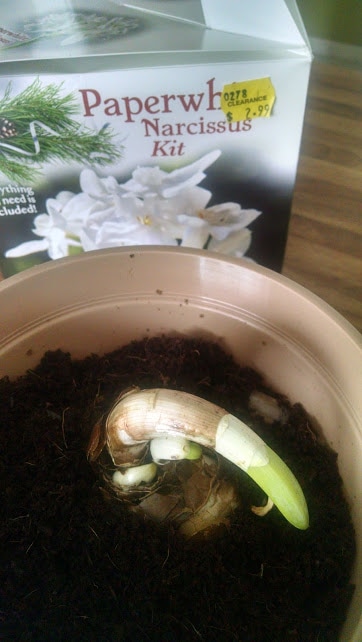
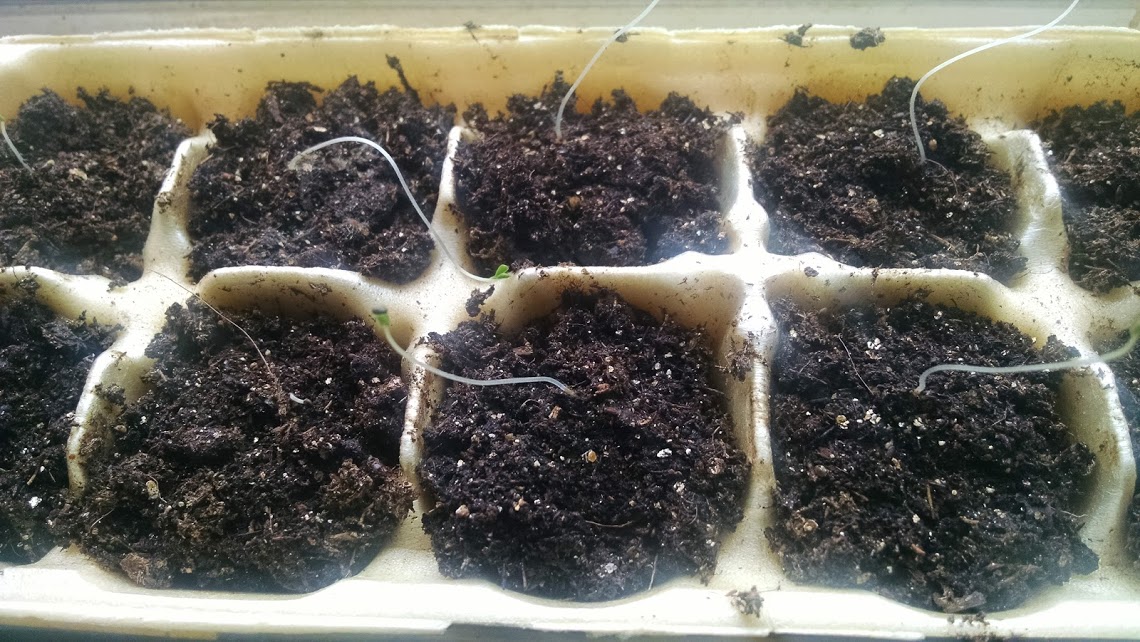
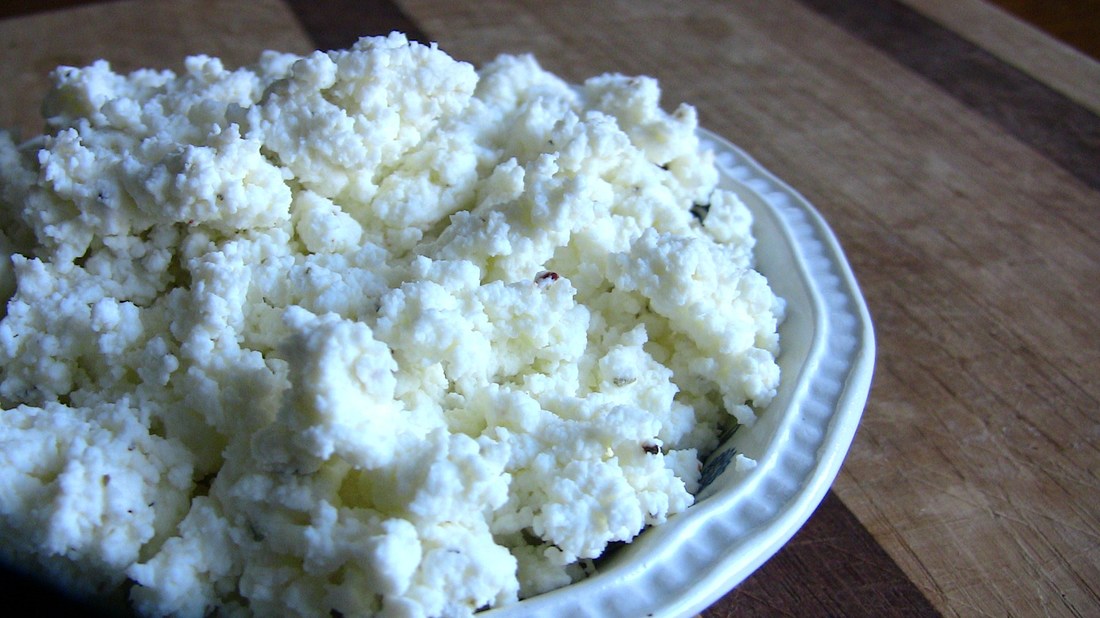
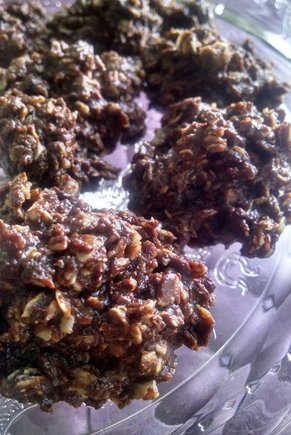
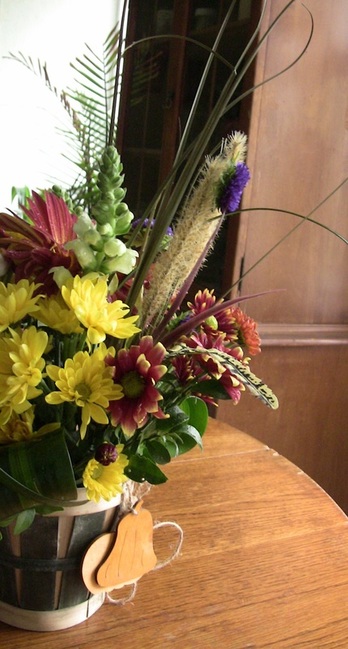
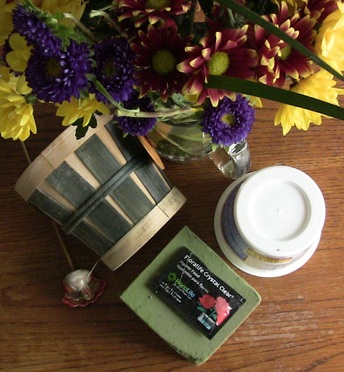
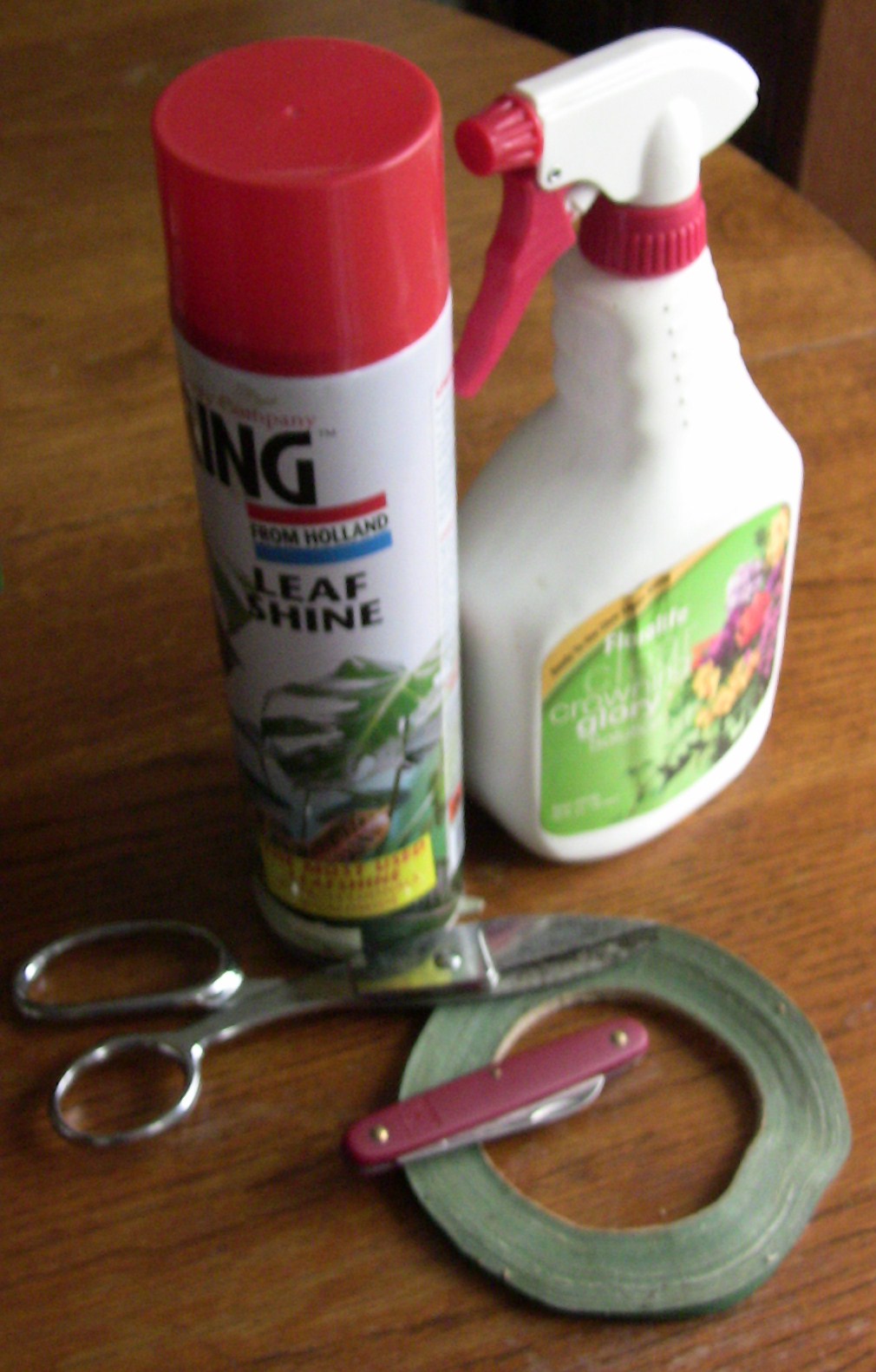
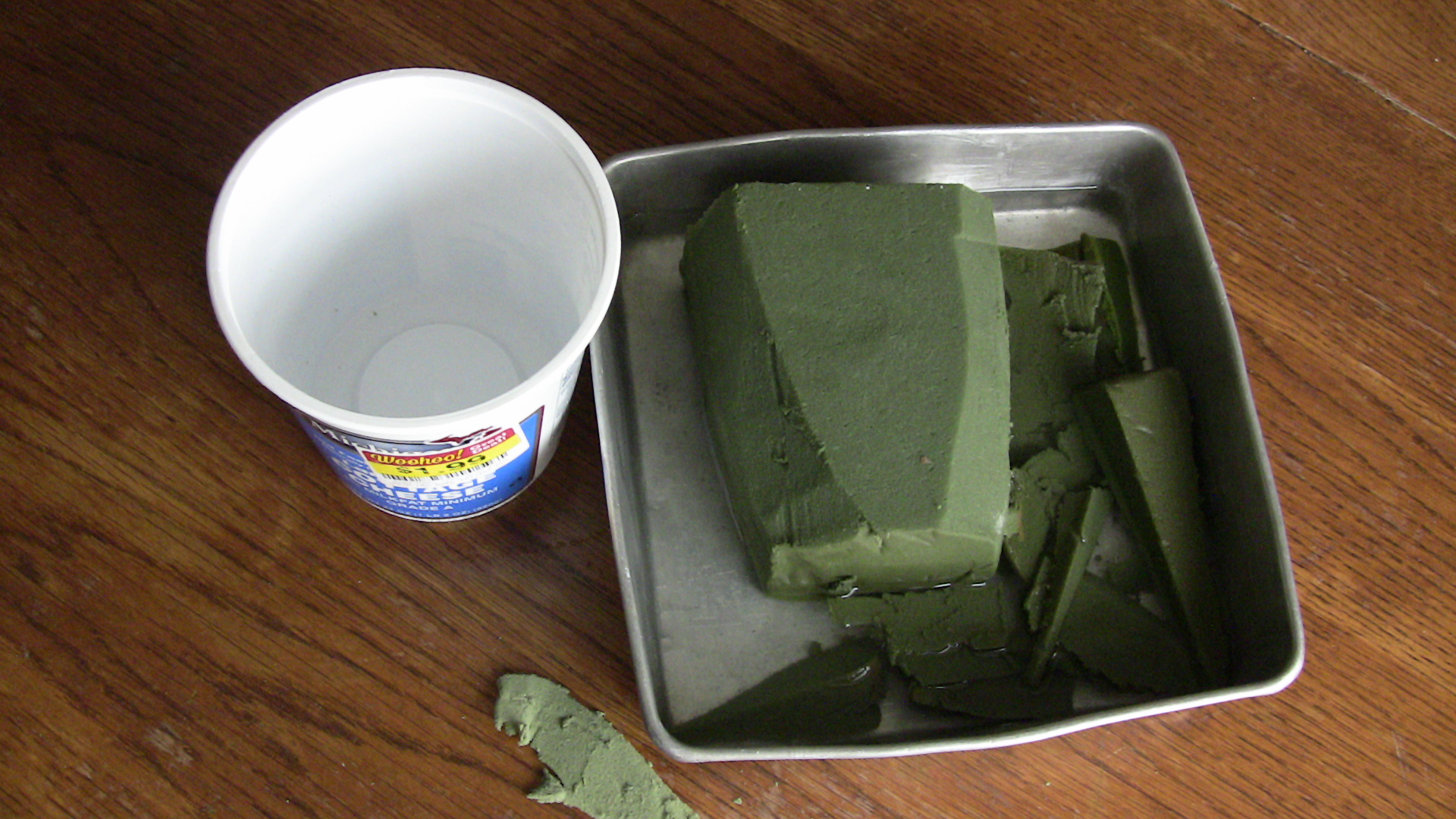
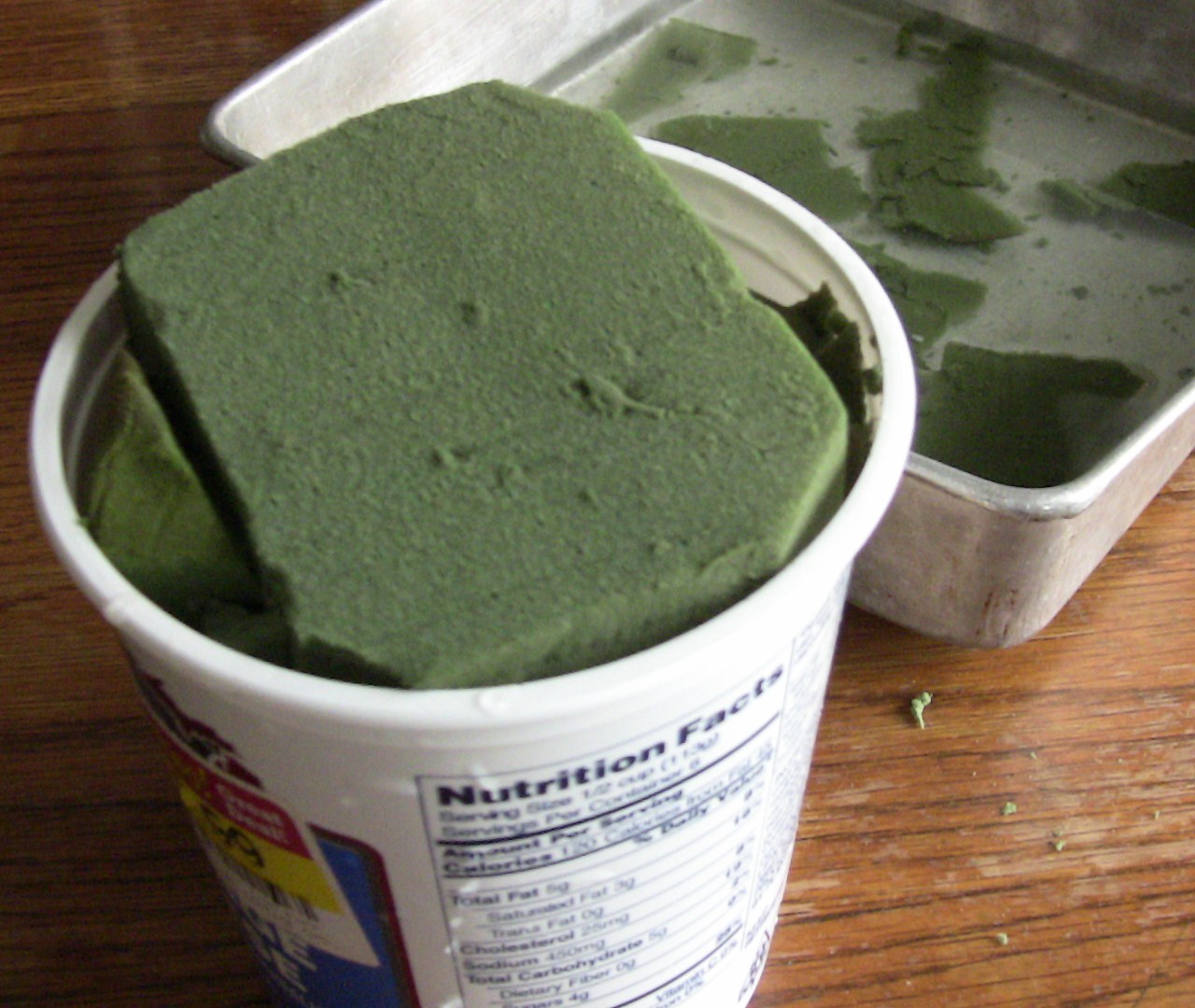
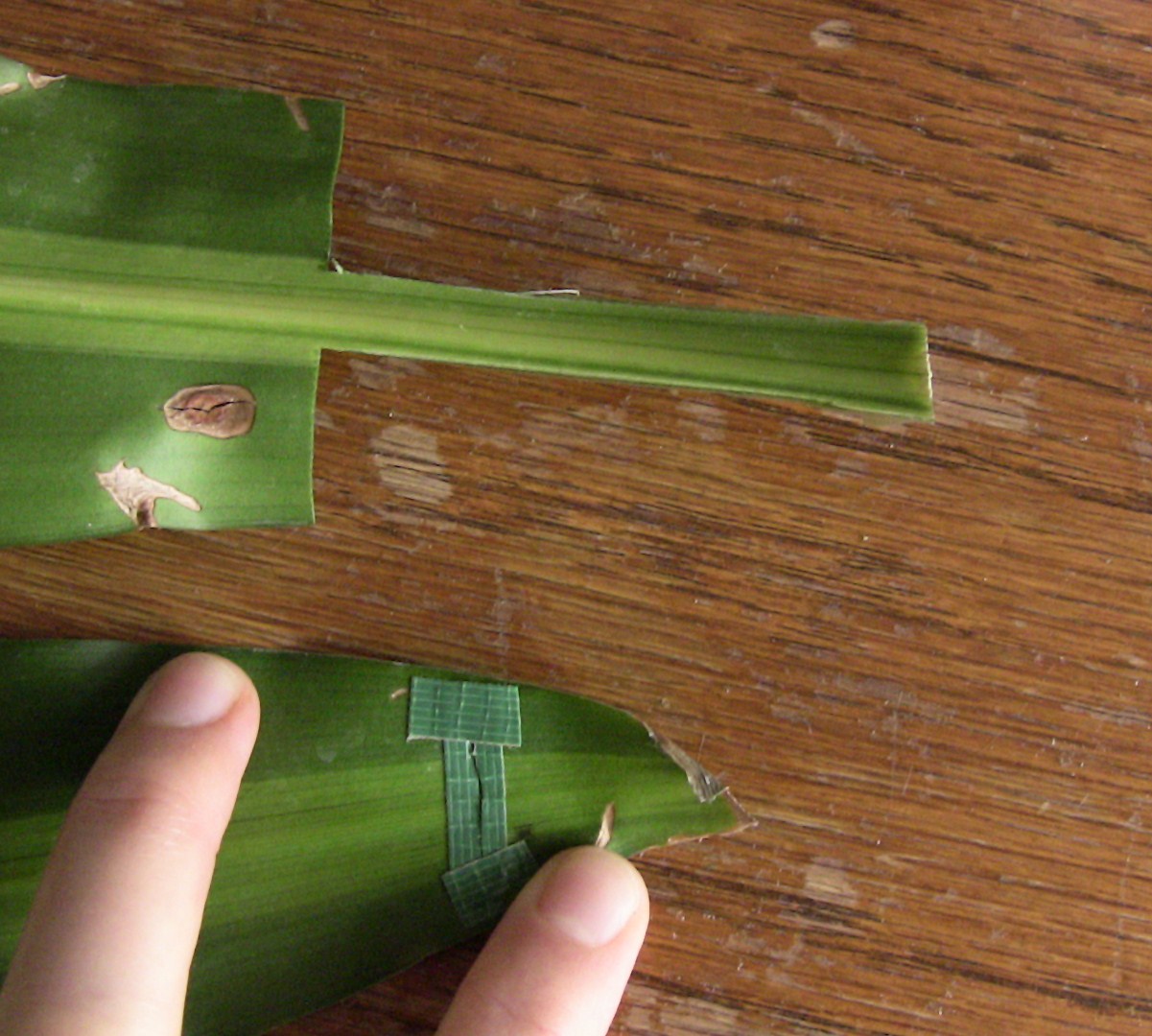
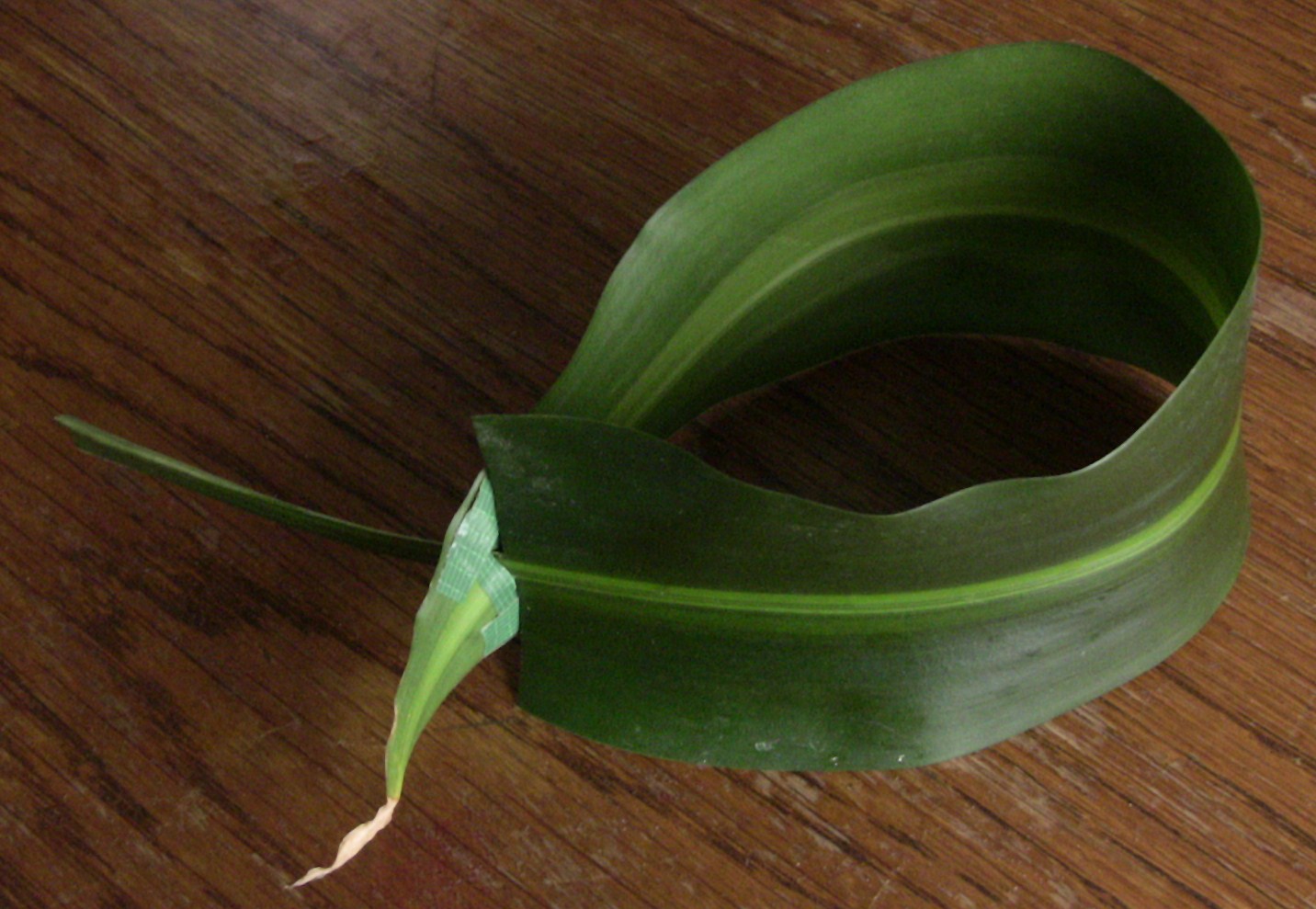
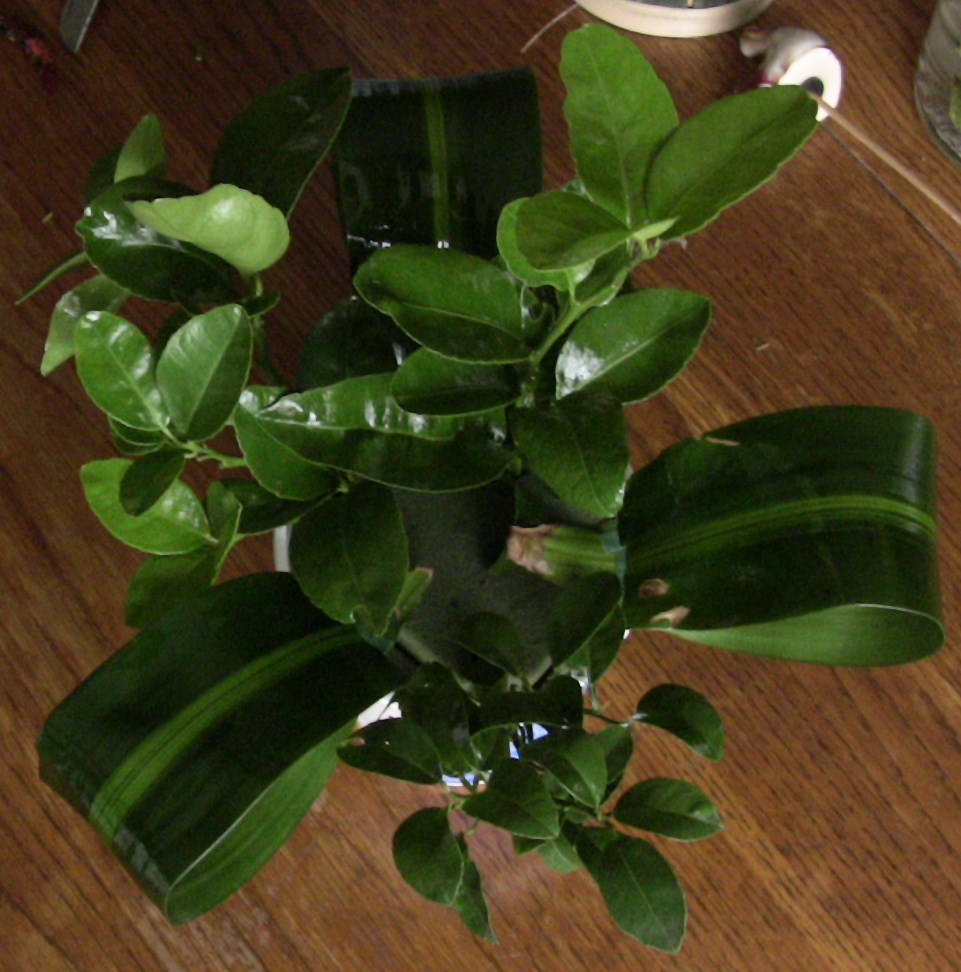
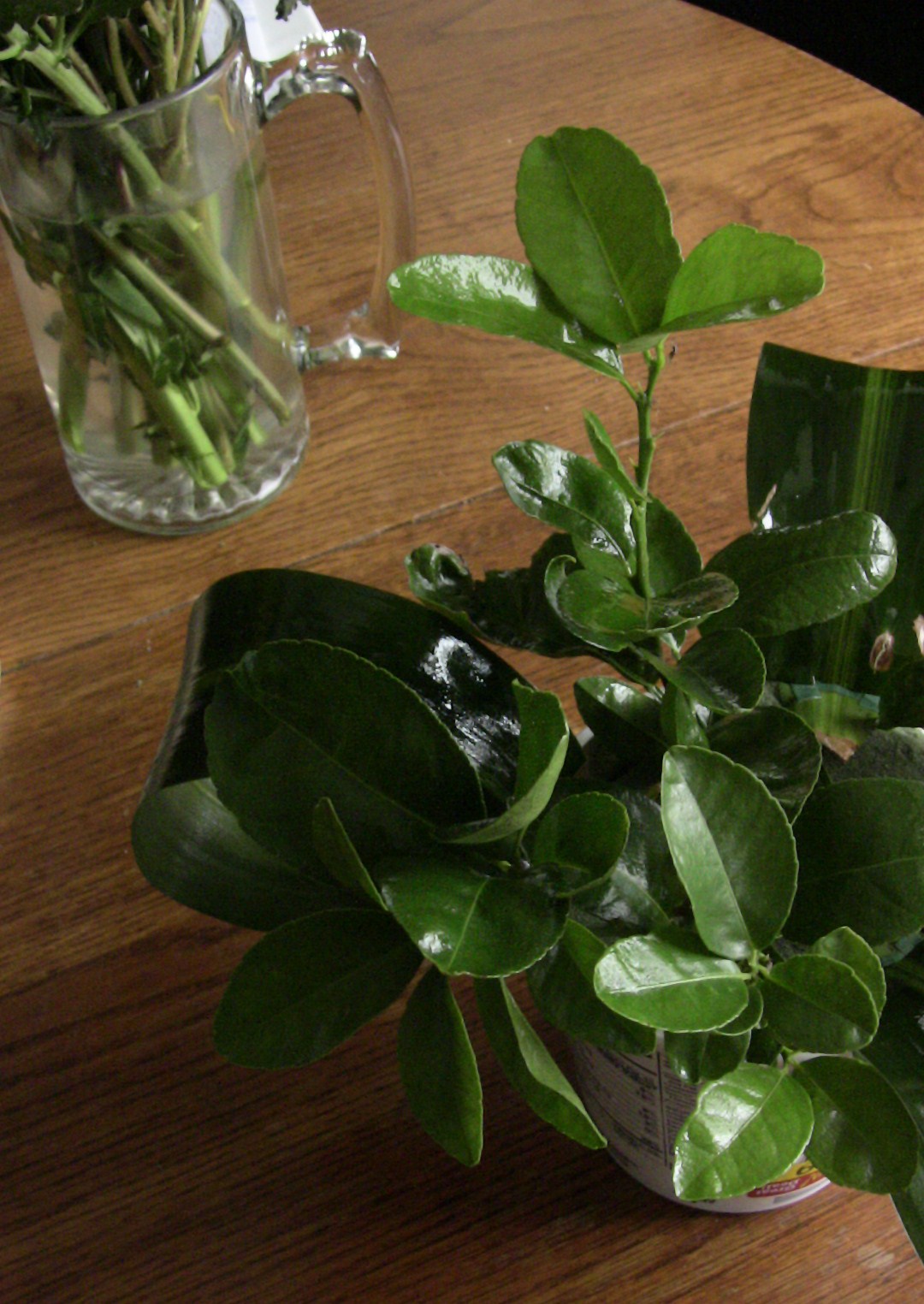

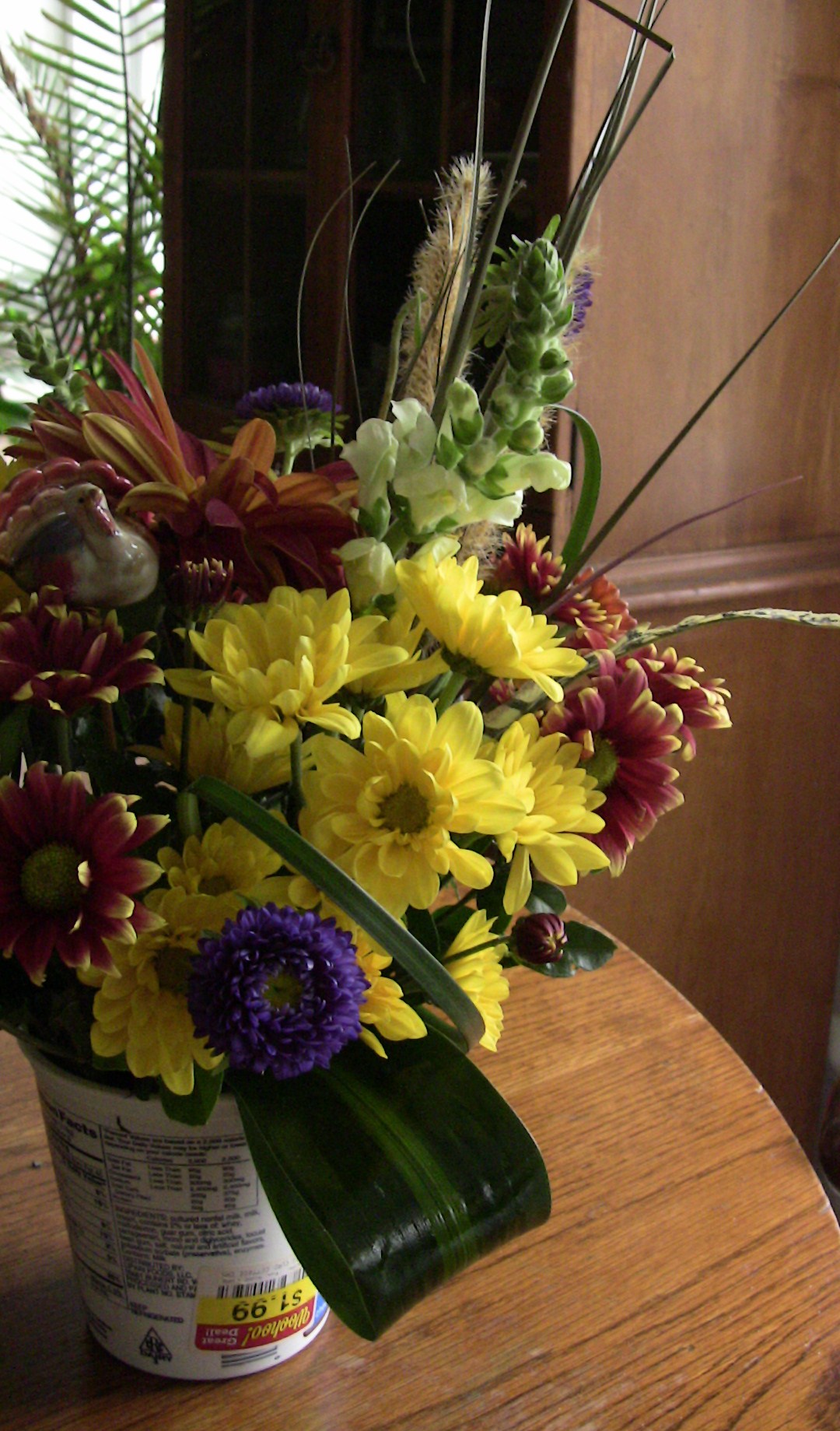
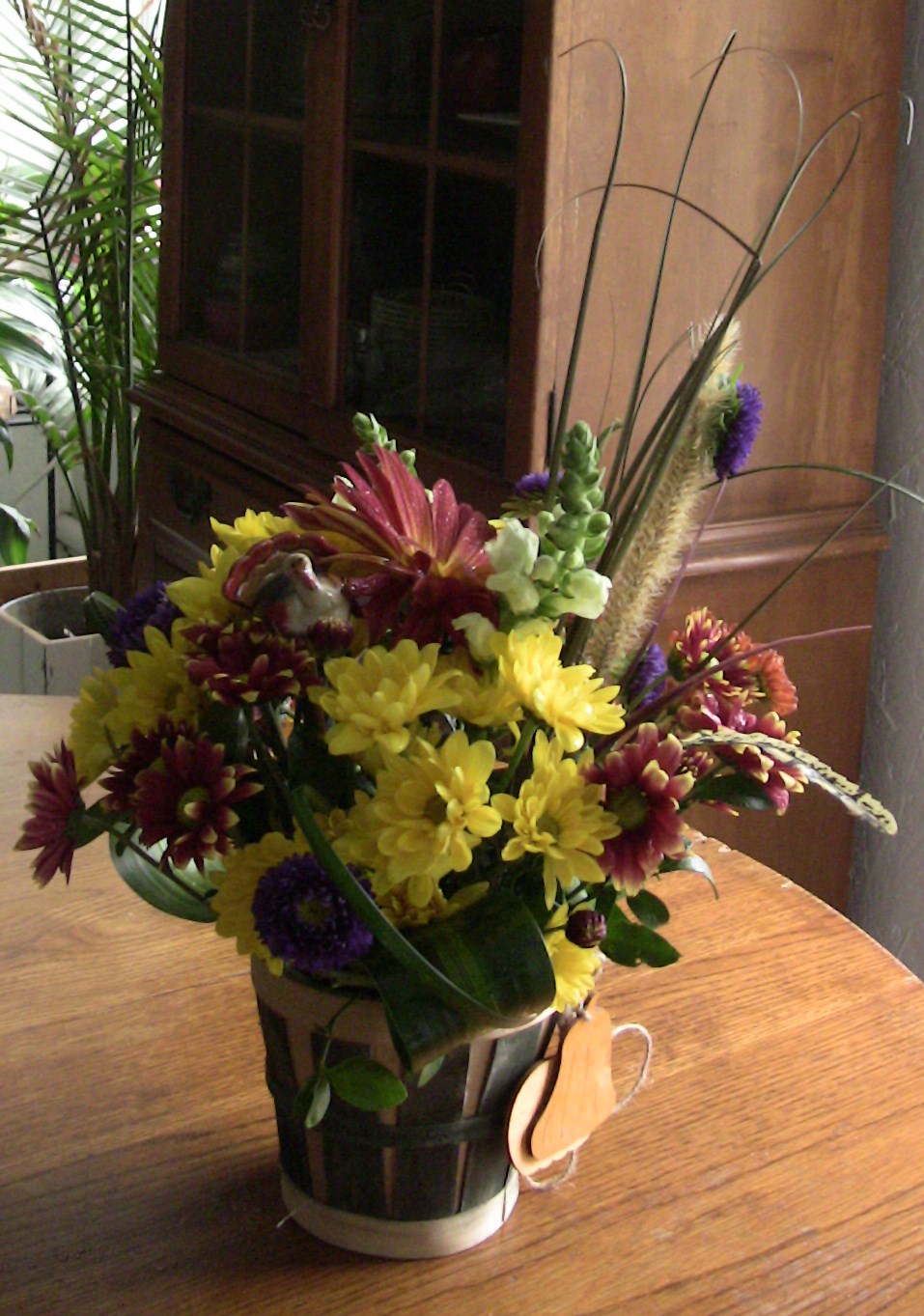
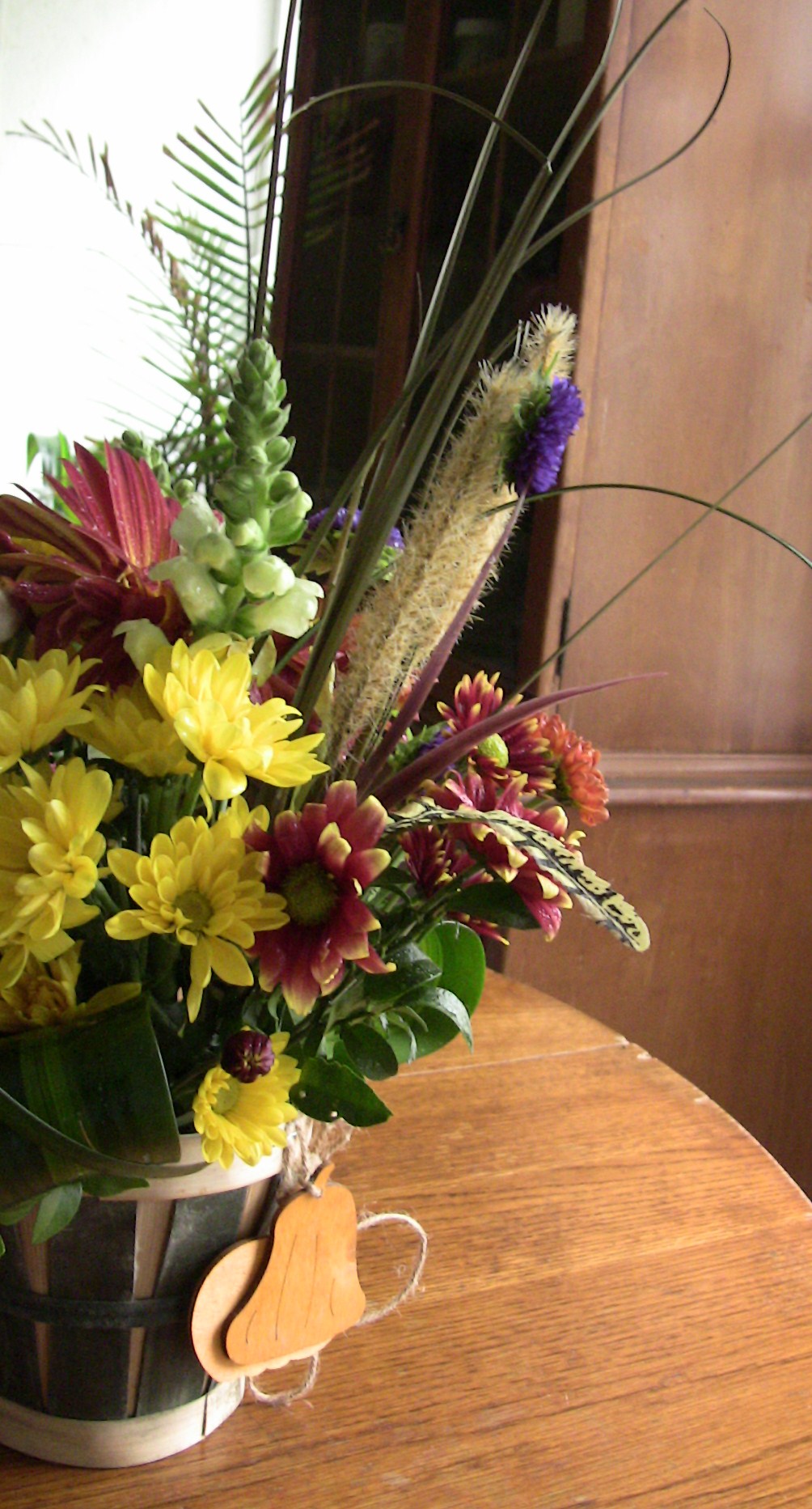
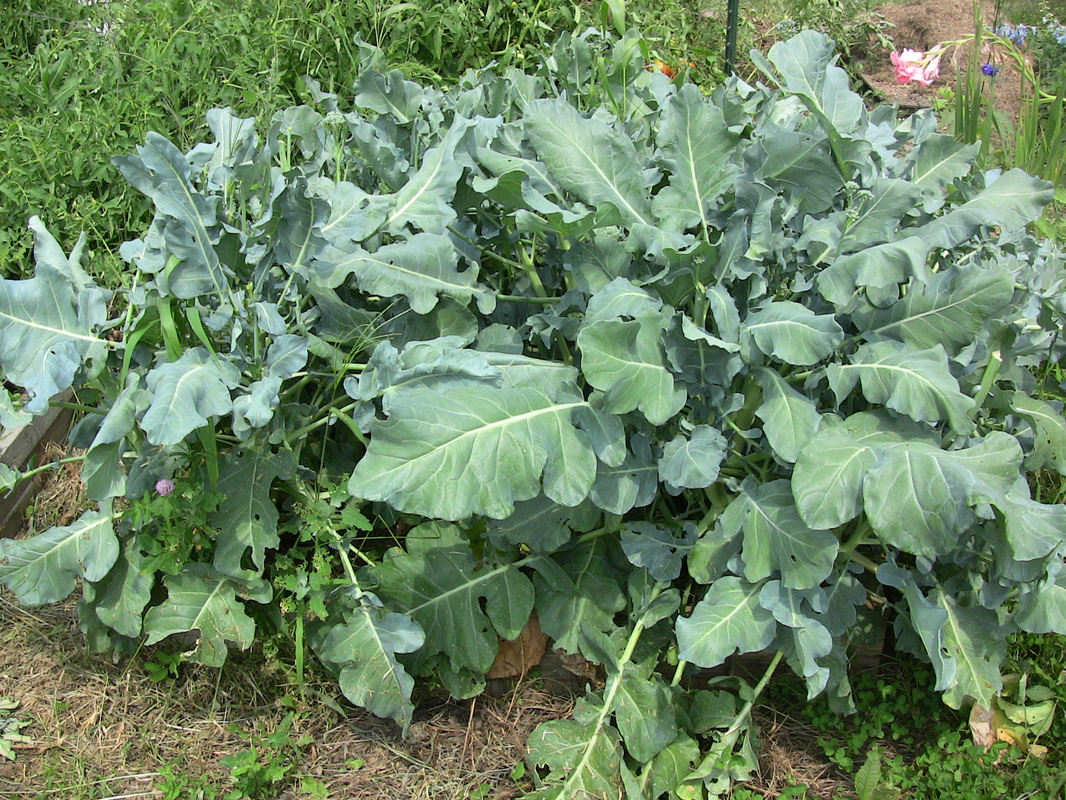
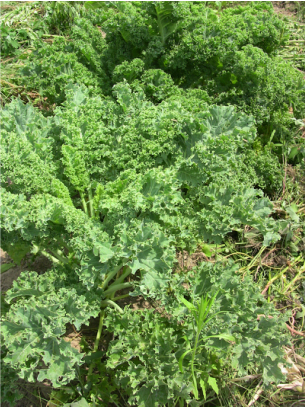

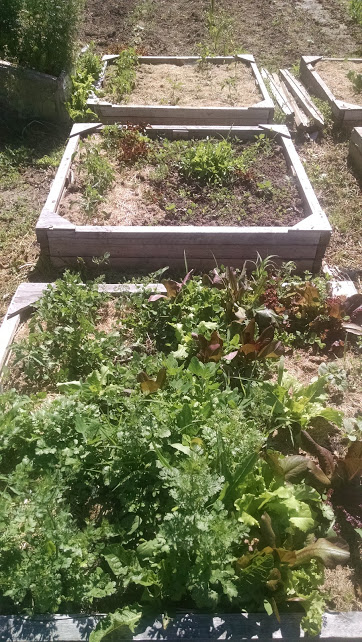
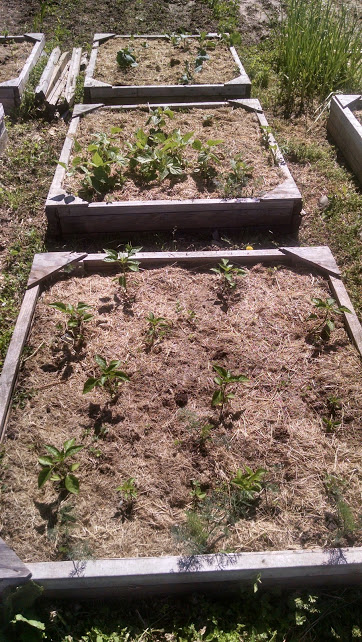
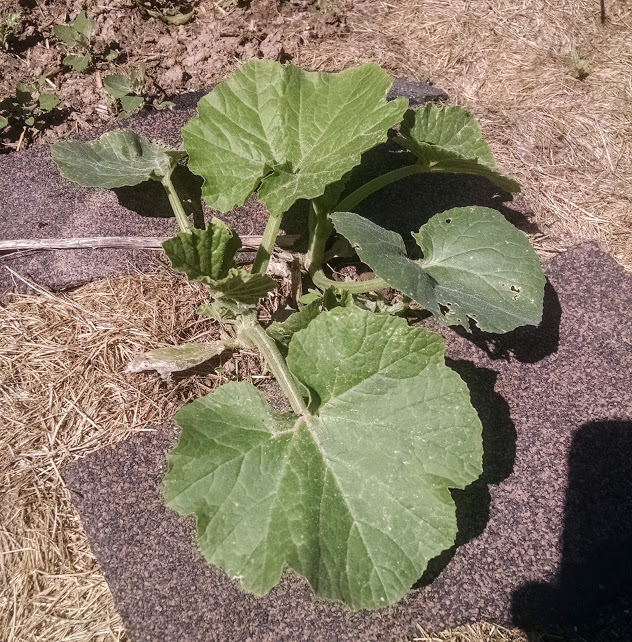
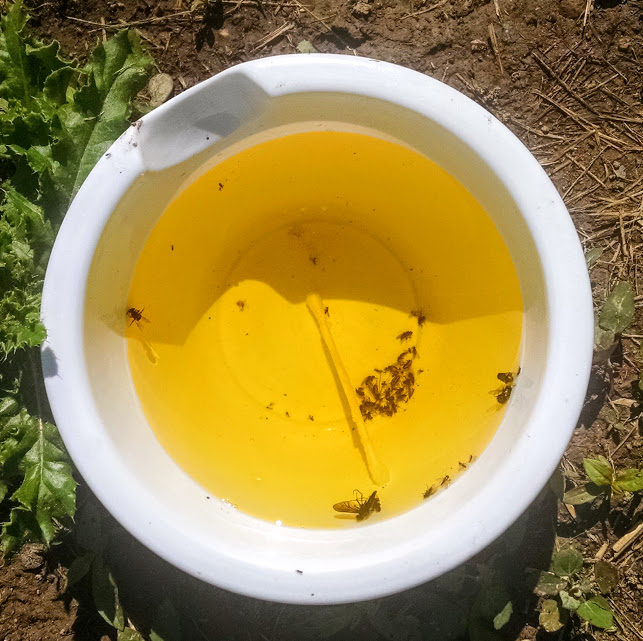
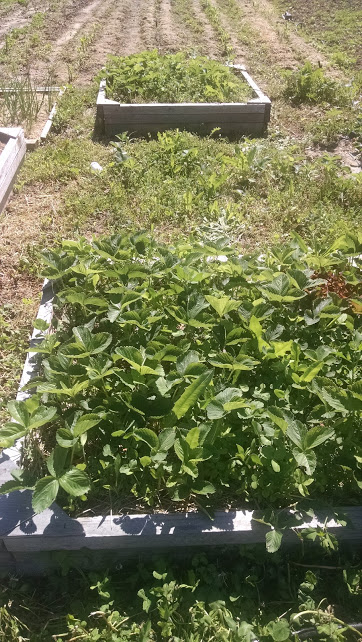
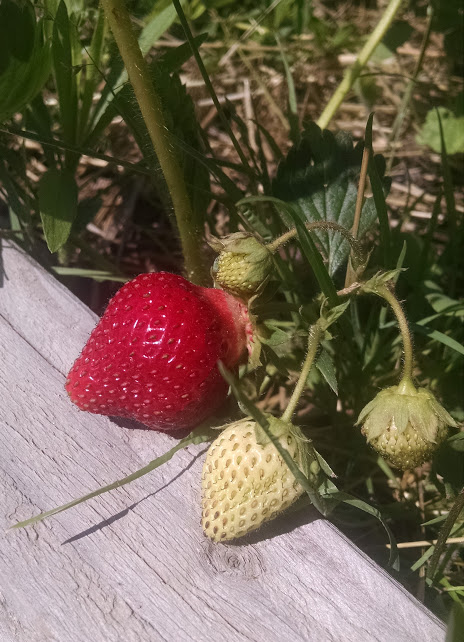
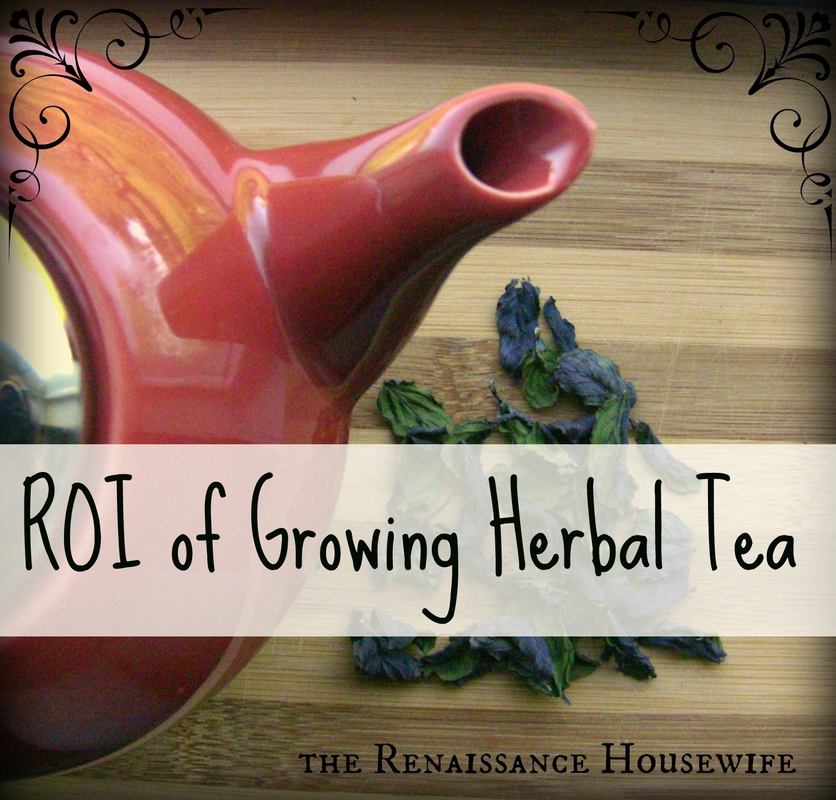
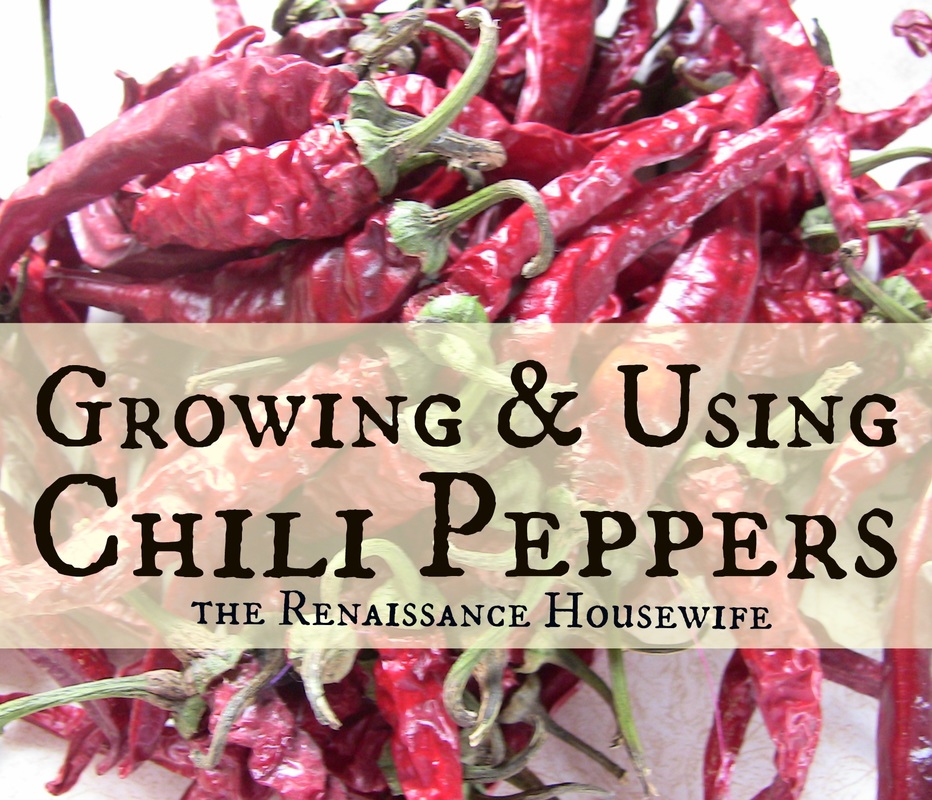
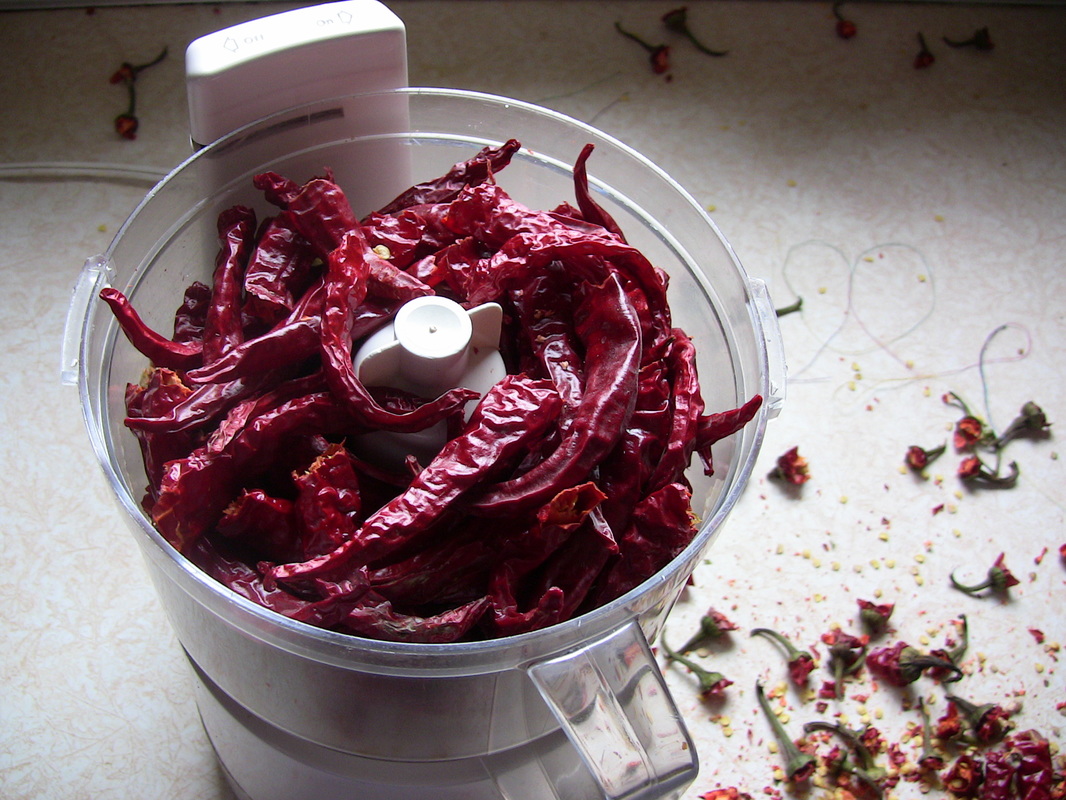
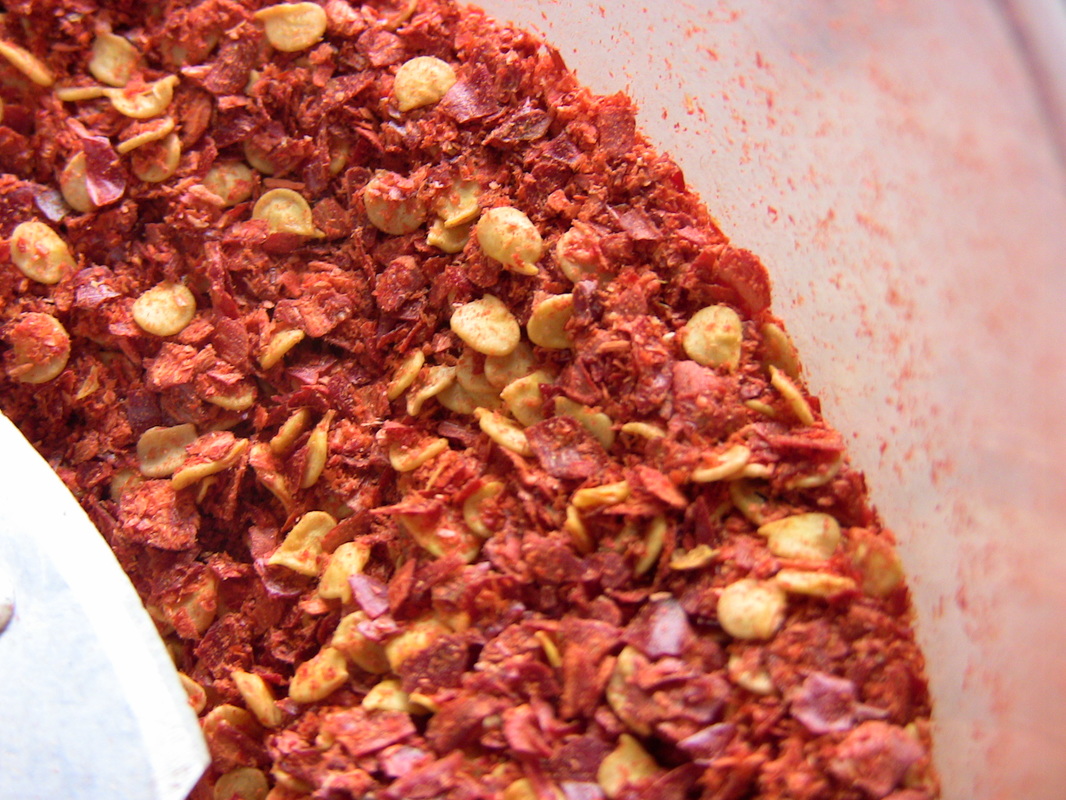
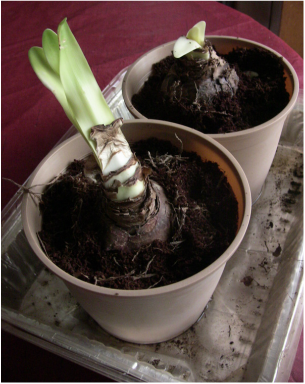
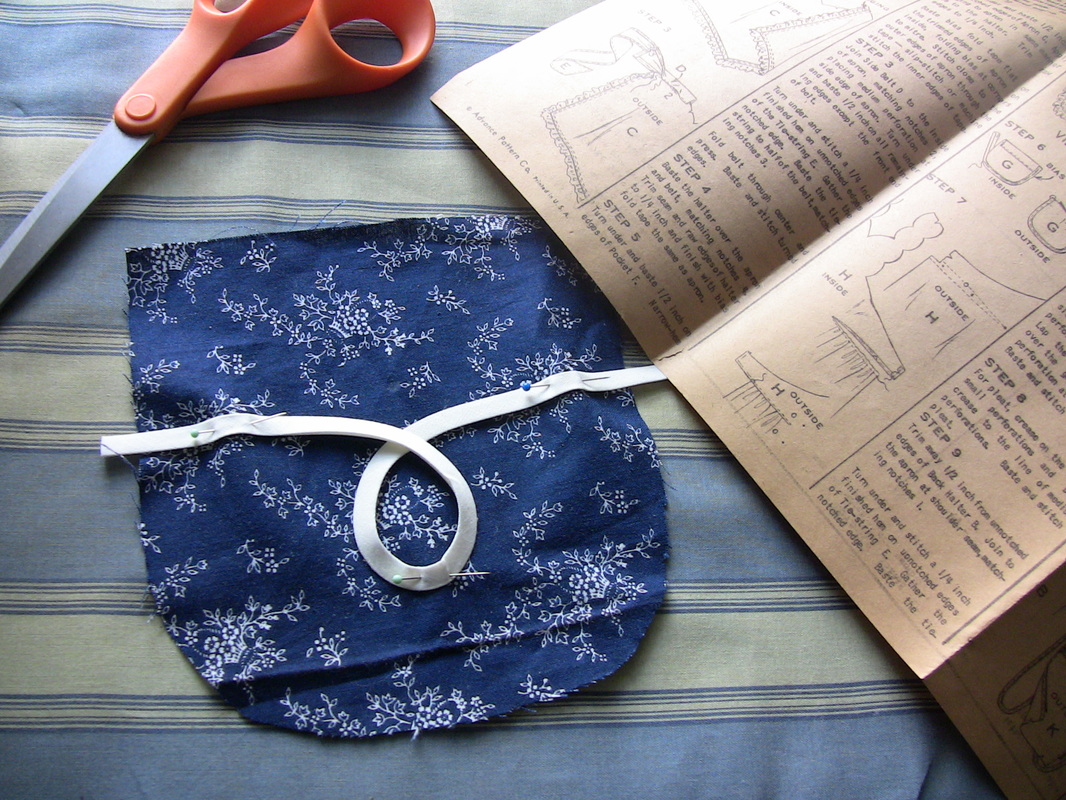
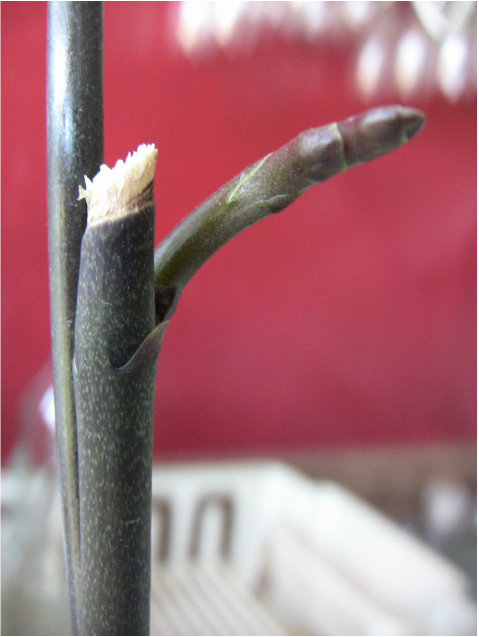
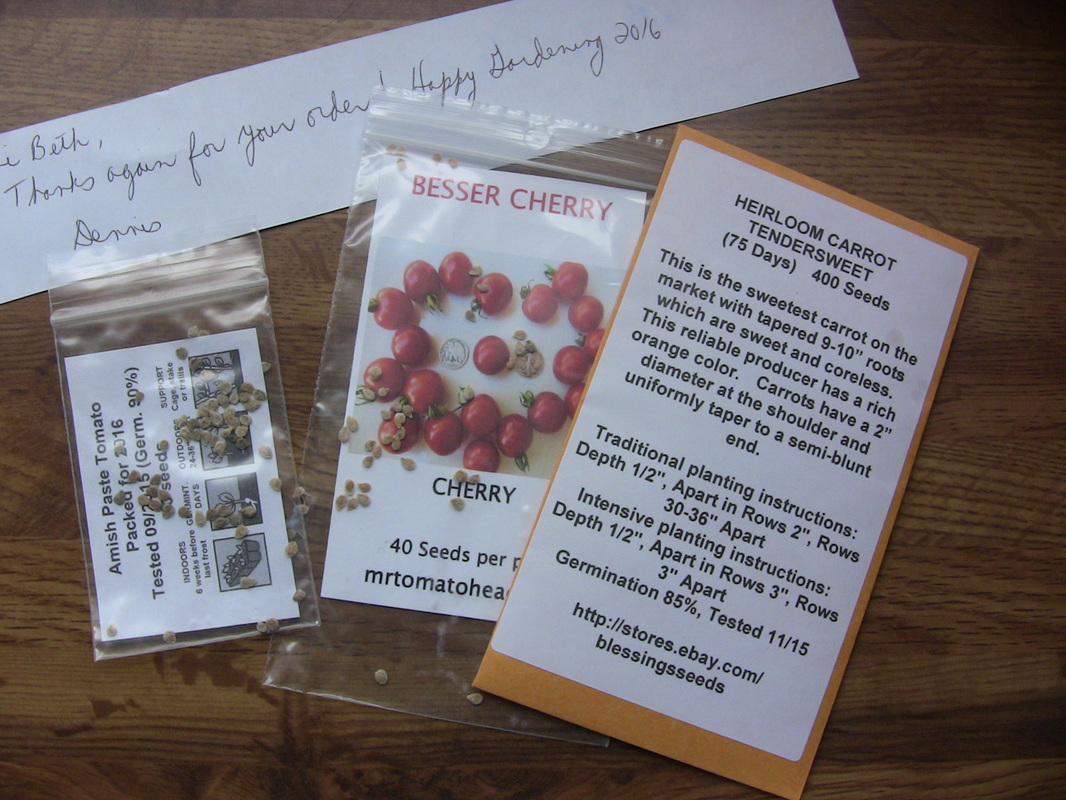
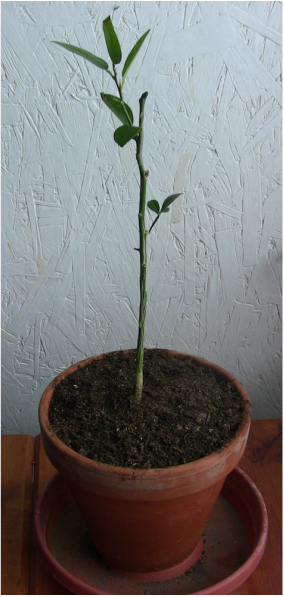

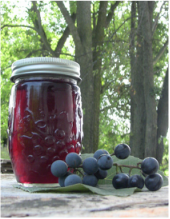


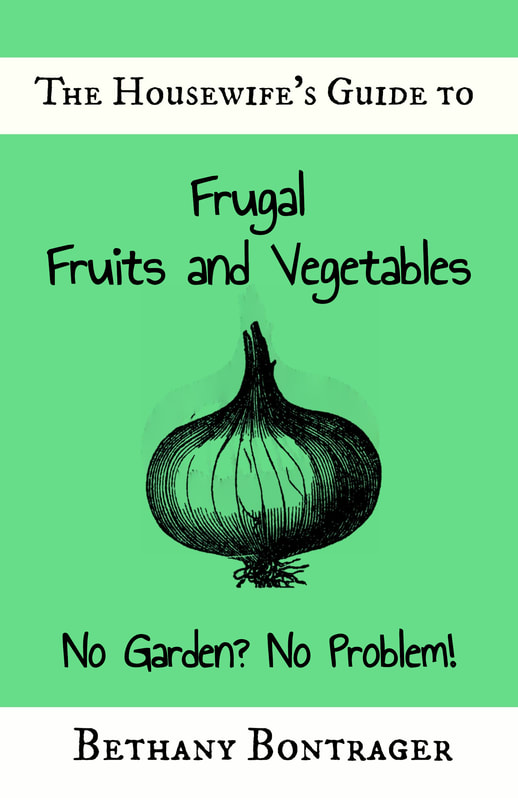

 RSS Feed
RSS Feed

